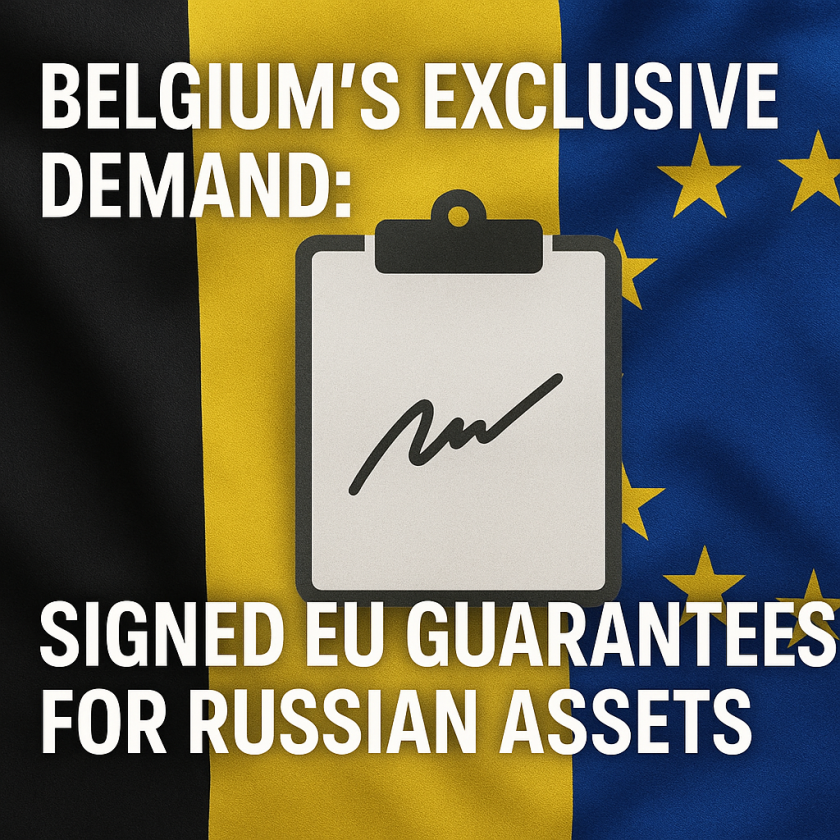Europe’s New Strategy: Understanding the ‘Coalition of the Willing’ in the Russia-Ukraine Conflict
Europe’s New Strategy: Understanding the ‘Coalition of the Willing’ in the Russia-Ukraine Conflict
Introduction to the Coalition
In response to the ongoing Russia-Ukraine conflict, Europe has adopted a novel approach known as the “Coalition of the Willing.” This strategy involves a group of European nations voluntarily collaborating to support Ukraine, bypassing traditional, more cumbersome EU-wide decision-making processes.
Key Features of the Coalition
- Voluntary Participation: Countries choose to join based on their willingness and capacity to contribute.
- Flexible Framework: The coalition allows for dynamic and rapid responses to the evolving conflict situation.
- Resource Sharing: Members pool resources, including military aid, financial support, and humanitarian assistance.
Strategic Objectives
The coalition aims to achieve several strategic objectives to bolster Ukraine’s defense and resilience:
- Military Support: Providing advanced weaponry and training to Ukrainian forces.
- Economic Sanctions: Implementing targeted sanctions to weaken Russia’s economic capabilities.
- Diplomatic Pressure: Coordinating international diplomatic efforts to isolate Russia on the global stage.
Challenges and Criticisms
Despite its innovative approach, the coalition faces several challenges and criticisms:
- Lack of Cohesion: Differences in national interests and priorities can lead to fragmented efforts.
- Resource Limitations: Smaller nations may struggle to contribute significantly due to limited resources.
- Potential Escalation: Increased military support could escalate tensions with Russia.
Conclusion
The “Coalition of the Willing” represents a significant shift in Europe’s strategy towards the Russia-Ukraine conflict. By allowing willing nations to take swift and decisive action, the coalition seeks to provide robust support to Ukraine while navigating the complexities of international diplomacy. However, the coalition must address internal challenges and external risks to maintain its effectiveness and cohesion.








































